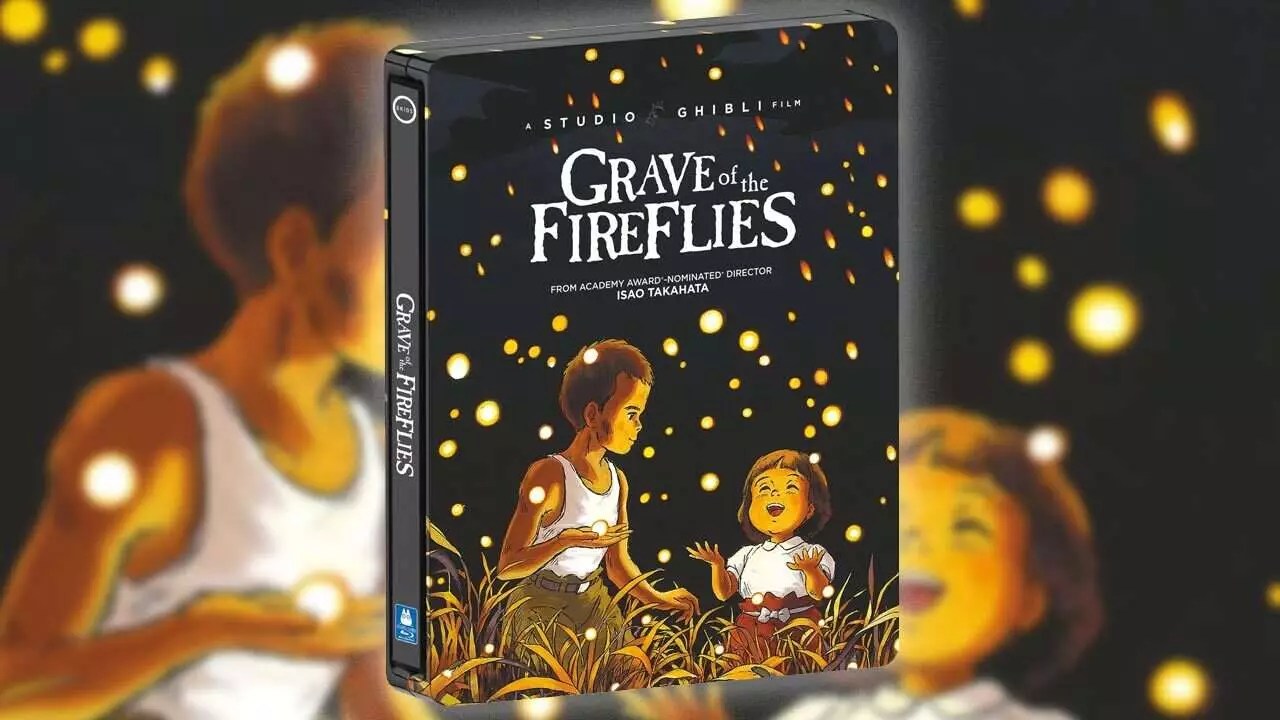Despite its publication over three decades ago, “Grave of the Fireflies” remains an emotionally devastating masterpiece that challenges viewers on profound levels. Unlike typical animated films aimed at children or family audiences, Isao Takahata’s 1989 work confronts the raw, brutal realities of war through the lens of innocent, vulnerable children. This unflinching portrayal forces audiences to question their perceptions of innocence, resilience, and the true cost of conflict. Its continued relevance hinges on its ability to evoke empathy, exposing the atrocities of war beyond political rhetoric to touch the very core of human vulnerability.
This film shifts the narrative from heroism to suffering, prioritizing raw emotional authenticity over escapism. Its visual storytelling, complemented by meticulous storyboards and interviews with creators like Takahata and critic Roger Ebert, offers viewers an immersive understanding of wartime devastation. The attention to detail in the disc’s extras demonstrates a commitment to preserving the film’s depth, emphasizing that great cinema extends beyond the screen into educational and emotional exploration. The enduring appeal of “Grave of the Fireflies” lies in its capacity to foster a deep understanding of tragedy, prompting reflection far beyond the typical scope of animated entertainment.
Embracing the Hard-Hitting Reality: Why the Film’s Unflinching Content Matters
Too often, war films sanitize or gloss over the most painful aspects of conflict. “Grave of the Fireflies” refuses such simplifications, illustrating a stark, uncompromising picture of survival amidst chaos. The decision to rate the film PG-13 due to its blood and gore signifies its commitment to honest storytelling, even if it makes the film unsuitable for younger viewers. This honesty serves a vital purpose: it refuses to shy away from portraying the true human toll of war, including death, starvation, and dislocation.
By centering on children—Seita and Setsuko—the narrative underscores the indiscriminate destruction of war, obliterating innocence and routine life. Their struggles are emblematic of countless real stories, serving as a stark reminder that war’s scars run deep, affecting the most vulnerable. The critical narrative choice to depict such raw suffering inevitably challenges viewers’ comfort zones, but the impact is undeniable: it reinforces the urgency for empathy and peace. “Grave of the Fireflies” demands that audiences confront uncomfortable truths without respite, making it a powerful cultural artifact for advocating anti-war sentiments rooted in human compassion.
Balancing Darkness with Artistic Excellence and Cultural Legacy
What sets “Grave of the Fireflies” apart from other Studio Ghibli productions—primarily those directed by Miyazaki—is its darker, more contemplative tone. Its aesthetic and emotional palette evoke sympathy and sorrow in equal measure, an approach that diverges from the whimsical and fantastical themes of Miyazaki’s acclaimed works. The film’s somber atmosphere is reinforced by its vintage Steelbook case design—more subdued than the bright, playful covers seen in Ghibli’s lighter fare—emphasizing its serious nature.
While earlier editions of the film are now out of print, recent releases continue to honor the masterpiece’s dignity, often including a rich array of bonus materials like storyboards, trailers, and exclusive interviews. Such extras boost understanding, offering fans insights into the creative process behind this poignant film. The film’s historical significance extends beyond its narrative; it serves as an artistic testament to the power of animation to depict complex emotional and social issues. Moreover, it reminds viewers that animation isn’t solely for entertainment but can be a potent tool for education and social change.
Why “Grave of the Fireflies” Remains a Must-Own for True Film Enthusiasts
The affordability of the steelbook editions—often priced below $20—makes it accessible for collectors and newcomers alike. It’s not merely about owning a film but about holding a piece of cinematic and emotional history. For fans of Ghibli or those interested in war stories that delve beneath surface-level narratives, owning a high-quality edition means engaging with a work that challenges perceptions and sparks deeper reflection.
Moreover, “Grave of the Fireflies” serves as an entry point into the broader universe of Studio Ghibli films. While Miyazaki’s creations typically offer lighter, more fantastical escapism, Takahata’s masterpiece pulls at the viewer’s moral compass, fostering resilience and empathy. Both approaches are vital: one offers hope and wonder, while the other teaches resilience in confronting harsh realities. Collecting this film alongside others like “Spirited Away” or “Princess Mononoke” creates a nuanced appreciation of Ghibli’s storytelling versatility and artistic mastery.
“Grave of the Fireflies” isn’t merely a film; it’s a potent reminder of the emotional endurance required to comprehend human suffering and the importance of compassion in a fractured world. Owning its high-quality edition is more than a matter of collecting; it’s a conscious decision to embrace the difficult truths that define our shared human history. In doing so, viewers fortify their capacity for empathy, understanding that resilience often emerges from profound vulnerability.


Leave a Reply